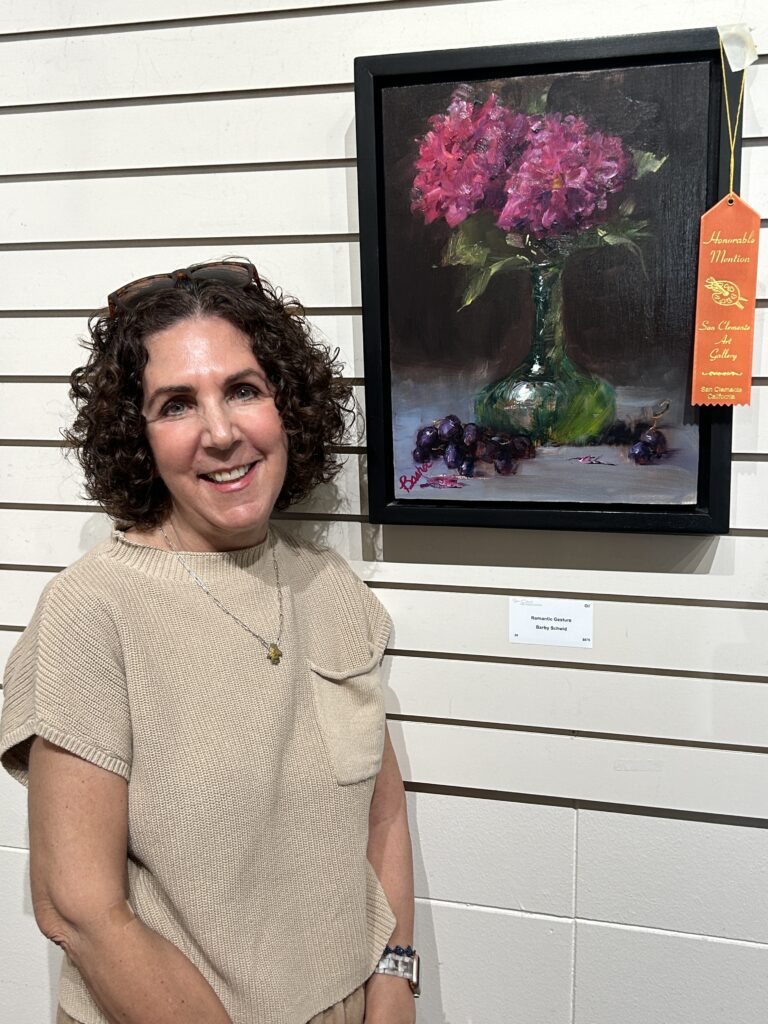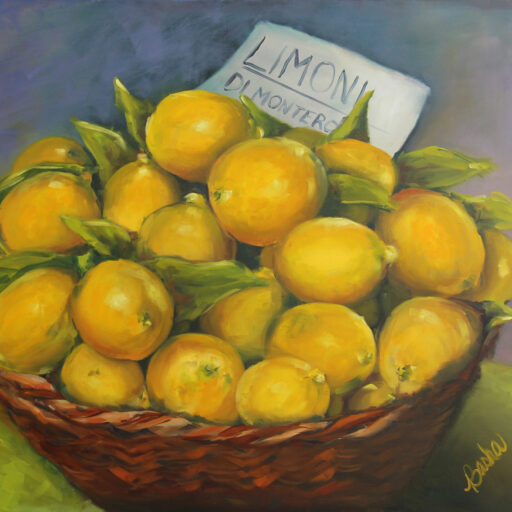
I love to paint. I have studied under a number of artists including Ned Mueller, Greg LaRock, Jeff Legg, Cary Jurians, Robert Johnson and Janine Saltzman. They have helped me grow as an artist.
Let me tell you a little about my philosophy of painting.
My Philosophy of Impressionistic Oil Painting from Photos
Bridging Memory, Emotion, and the Painted Canvas
Impressionistic oil painting, with its spirited brushwork and evocative color, has long captured the artistic imagination. When practiced with reference to photographs, it offers a unique interplay between reality and interpretation—a bridge between the instant the camera captures and the lasting impression the painter wishes to convey. My philosophy of impressionistic oil painting from photos is rooted deeply in the belief that the photograph is a starting point, a catalyst for memory, mood, and artistic transformation rather than a blueprint to be mechanically copied.
The Photograph as Muse, Not Master
A photograph freezes a moment in time, but it is not the moment itself; it is a fragment, a catalyst for further exploration. In my approach, the image becomes a muse—suggesting shapes, light, and atmosphere, but never dictating the final composition. I believe that the true magic of impressionism lies in the artist’s willingness to move beyond the literal, to distill from the photo the essence of a scene rather than its every detail.
It is tempting, especially with the clarity and omnipresence of modern photography, to lean heavily on reference images for accuracy. However, I strive to resist that urge. The camera may see everything, but it does not feel. As an impressionist painter, my aim is not to recreate the photo pixel by pixel, but to interpret it: to emphasize the play of light, to exaggerate the color, and to suggest motion and emotion through brushwork that is lively and expressive. The photo is the scaffolding; the painting is the structure, shaped by imagination.
Translating Light and Color
Impressionism’s heart beats in its treatment of light and color. Unlike realism, which aims for an accurate portrayal, impressionism seeks to capture the fleeting effects of light as it dances across surfaces. When working from a photograph, I always consider how the camera may have flattened or altered these effects. Digital sensors and film both interpret color and light differently than the human eye. Therefore, I make a conscious effort to translate, rather than copy, the light in the original photo.
To do this, I often begin with a loose underpainting, blocking in large shapes and mapping where light and shadow fall. Then, rather than meticulously matching the colors from the photo, I ask myself: what was the atmosphere? Was it suffused with golden hour warmth, brimming with cool morning clarity, or shimmering with the blue haze of midday? I push color temperatures, layer complementary hues, and allow unexpected color notes to vibrate through the surface. In this way, I recapture not merely the look, but the feeling of the light.
Brushwork: The Signature of Interpretation
For me, brushwork is the fingerprint of the impressionist—each stroke communicates the painter’s energy and intent. When working from a photo, there is a danger of becoming tight, of letting the static quality of the image translate into the painting. My philosophy is to use the photograph as a map, but to wander freely off its roads. I allow my hand to move with intuition, to break up forms into dashes and dabs that suggest rather than delineate.
Loose, visible brushstrokes are essential. They invite the viewer’s eye to complete the image, to find meaning in the interplay of texture and suggestion. I aim for a “living surface,” one that feels immediate and dynamic, even if the source image is still and silent. In this, I find a kind of liberation—a chance to reanimate the moment, to inject vitality into what the camera has frozen.
Editing, Simplifying, and Reimagining
A photograph contains everything the lens can see, but not everything is necessary for the painting. My approach involves editing: I select the elements that serve my vision and leave the rest behind. Background clutter, distracting details, or even entire compositional elements can be omitted or rearranged. The act of painting becomes one of distillation—of paring down the scene to its most expressive forms.
Sometimes, I will combine elements from several reference photos, or invent details altogether. The goal is always to serve the painting, not the photo. I ask myself: What is the emotional center of this scene? What can I add or subtract to better focus the viewer’s attention? By making these editorial choices, I transform the photo from documentary evidence into artistic inspiration.
The Role of Memory and Emotion
While a photo can serve as a visual aide, it is memory and emotion that elevate an impressionistic painting. I often revisit the feelings that accompanied the moment the photo was taken—was there a breeze, a fragrance in the air, a sense of nostalgia or anticipation? I allow those sensations to guide my hand, to shape my choices of color, brushwork, and composition.
The most successful impressionistic paintings, in my view, are those that evoke a sense of presence—a reminder to the viewer that this was once a living moment, suffused with feeling and atmosphere. In painting from photos, I strive to imbue the work with a sense of longing or wonder, to capture not just how the scene looked, but how it lived.
Challenges and Pitfalls
Painting from photographs presents both opportunities and challenges. The main benefit, of course, is convenience: the ability to revisit a subject at any time, to study details at leisure, and to compose without the constraints of changing light or weather. However, the greatest pitfall is falling into the trap of imitation—of using the photograph as a crutch instead of a springboard.
I consciously challenge myself to break free from the photo’s grip. Sometimes, I will paint a small color study or value sketch before starting the painting, forcing myself to interpret rather than copy. I may intentionally blur or crop the photo reference, so that my imagination must fill in the gaps. These exercises keep me nimble, reminding me that my goal is not replication, but transformation.
Impressionism as Dialogue
Ultimately, my philosophy of impressionistic oil painting from photos is about dialogue—a conversation between what the camera has recorded and what the heart remembers. The photograph gives me the raw material, but it is through artistic interpretation that the subject comes alive. I am not bound to the facts of the image; I am free to invent, embellish, and interpret as I see fit.
The greatest impressionists, from Monet to Pissarro, painted en plein air to capture the transience of light. When I work from photos, I strive to honor their spirit by remaining open, responsive, and daring. Each painting is a negotiation between the observed and the imagined, the recorded and the remembered.
Conclusion: Painting Beyond the Lens
In summary, impressionistic oil painting from photos is an act of reimagining—a way to bridge the gap between the camera’s objectivity and the artist’s subjectivity. It asks that we see beyond what the photograph presents, to reach for the fleeting, the felt, and the poetic. The photograph is a tool, but not the destination. The painting, with its vibrant marks and resonant colors, is where the real journey begins.
To every artist considering this approach, I encourage you to trust your instincts, embrace imperfection, and let your own impressions guide you. The photo is only the beginning; your vision is what makes the painting sing.
